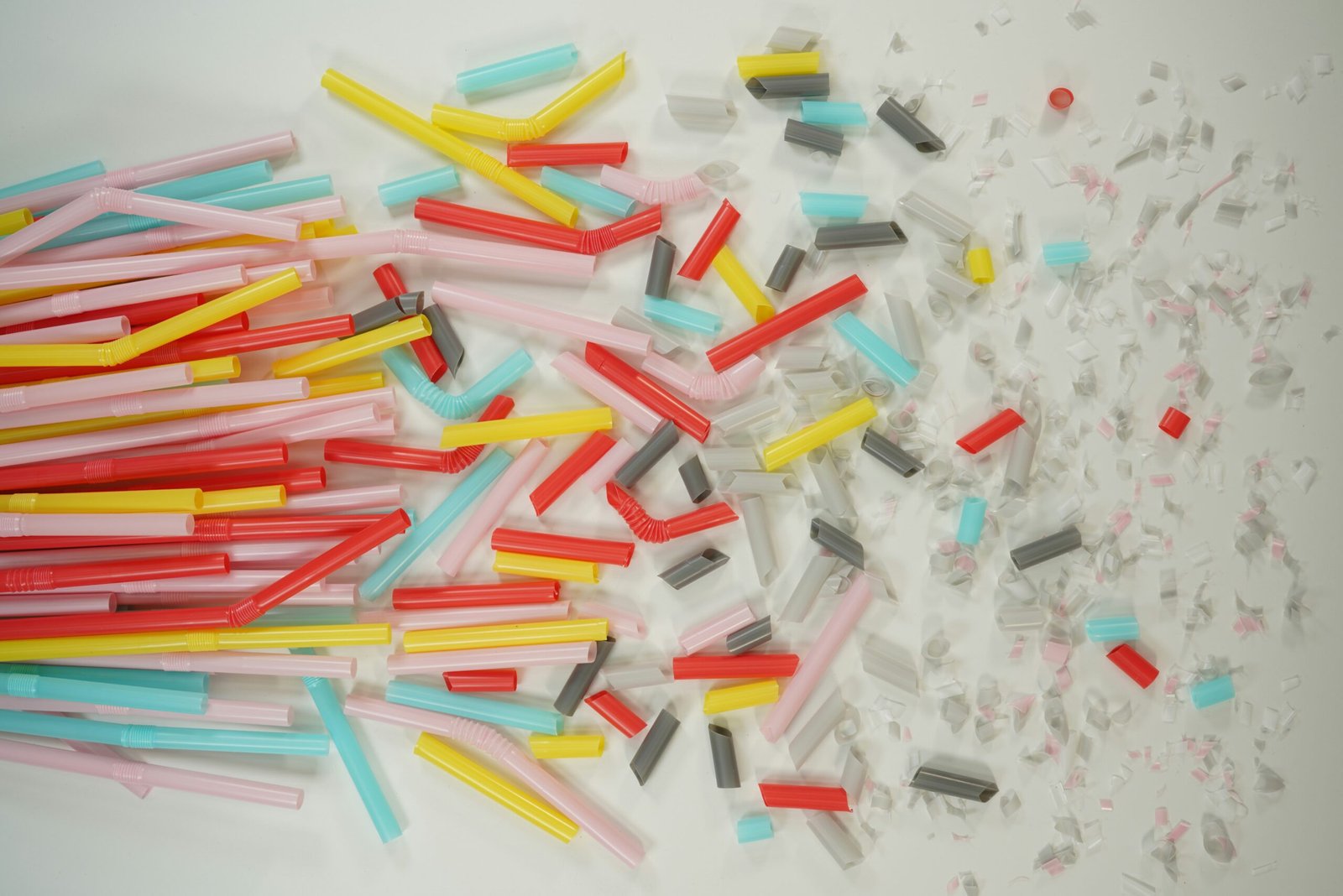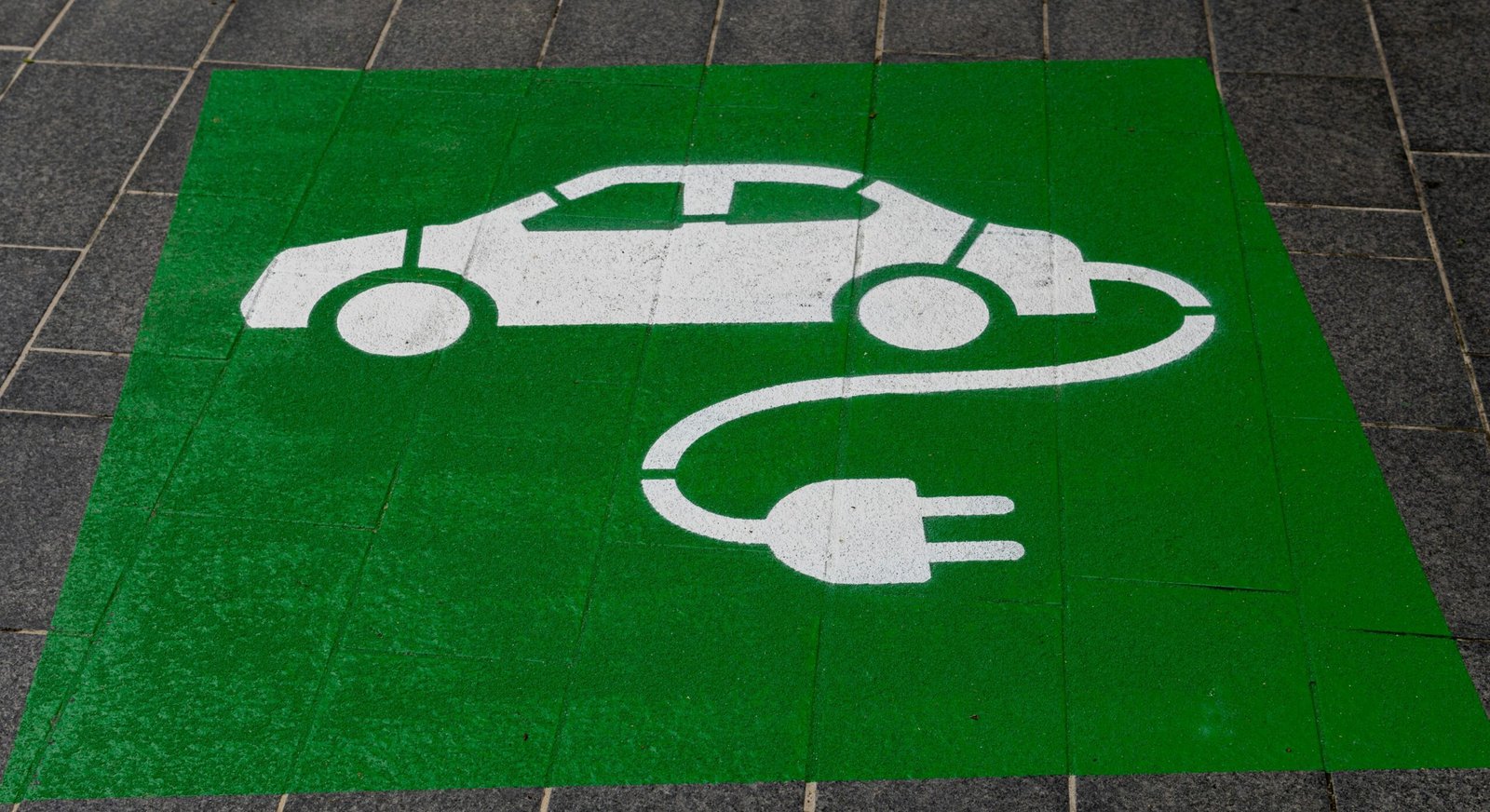Learn the importance of water conservation for both the environment and personal finances. Discover practical tips to reduce water usage in your home, invest in water-saving technologies, and adopt water-saving habits to achieve significant economic and environmental benefits.
Understanding the Importance of Water Conservation
Water conservation is a critical issue that affects both the environment and personal finances. Globally, water scarcity is a growing concern. According to the World Health Organization, over 2 billion people live in countries experiencing high water stress. This alarming statistic underscores the urgent need for effective water management strategies.

Wasting water has significant environmental repercussions. Excessive water usage depletes natural resources, disrupts ecosystems, and contributes to the decline of freshwater habitats. For instance, the over-extraction of water from rivers and lakes can lead to reduced water levels, adversely affecting aquatic life and biodiversity.
Read this article and do not forget to check our YouTube channel “Grig Stamate” for other amazing videos:
https://www.youtube.com/@GrigStamate
100+ Bathroom Design Ideas You’ll Love | Scandinavian Style Design #14 (video)
Moreover, the economic benefits of water conservation are substantial. Reducing water usage translates directly into lower utility bills for households. The U.S. Environmental Protection Agency (EPA) estimates that the average American family could save approximately $380 annually by implementing water-efficient practices and appliances. This cost-saving potential is not only beneficial for individual households but also contributes to reduced demand on municipal water systems, lowering the overall costs of water infrastructure and maintenance.
Statistics further highlight the gravity of water wastage. For example, a dripping faucet can waste over 3,000 gallons of water per year, while a running toilet can waste up to 200 gallons daily. These seemingly minor leaks can lead to significant financial implications over time, emphasizing the importance of addressing water inefficiencies promptly.
In conclusion, understanding the importance of water conservation is essential for both environmental sustainability and financial savings. By taking proactive measures to reduce water usage, individuals can contribute to alleviating global water scarcity, protect natural ecosystems, and achieve substantial economic benefits. Water conservation is not merely an environmental issue; it is a practical approach to fostering a more sustainable and financially prudent lifestyle.
Practical Tips for Reducing Water Usage at Home
Implementing effective strategies to reduce water usage in your home not only conserves this vital resource but also leads to significant financial savings. Below are actionable tips to help you cut down on water consumption in different areas of your home.
Kitchen
In the kitchen, consider using your dishwasher efficiently. Always run full loads to maximize water use per cycle. Modern dishwashers are designed to use less water than hand washing, so make sure to scrape, not rinse, your dishes before loading them. Fixing leaky faucets promptly can also save a significant amount of water over time. A single dripping tap can waste hundreds of gallons annually, translating into higher water bills.
Bathroom
Taking shorter showers is one of the simplest ways to reduce water usage in the bathroom. Cutting your shower time by just a few minutes can save gallons of water each time. Installing low-flow fixtures, such as showerheads and faucets, can drastically reduce water usage without sacrificing water pressure. Additionally, consider upgrading to a low-flow toilet, which uses less water per flush compared to older models.
Garden
For your garden, choosing drought-resistant plants can minimize the need for frequent watering. These plants are adapted to survive with less water, making them an excellent choice for sustainable gardening. Proper irrigation techniques, such as drip irrigation systems, deliver water directly to the plant roots, reducing evaporation and runoff. Watering your garden during the early morning or late evening when temperatures are cooler also helps to minimize water loss.
Laundry
In the laundry room, always wash full loads to ensure efficient use of water and energy. If you must do smaller loads, adjust the water settings on your machine accordingly. Opting for water-efficient washing machines can also make a substantial difference. These machines are designed to use less water per cycle while still providing excellent cleaning performance.
By implementing these practical tips, you can significantly reduce water usage in your home, leading to both environmental benefits and noticeable savings on your water bills.
Investing in Water-Saving Technologies
Innovative technologies and devices designed to reduce water consumption offer a practical solution to significant savings on water bills. Water-efficient appliances, smart irrigation systems, rainwater harvesting setups, and greywater recycling systems are at the forefront of this movement, providing both economic and environmental benefits.
Water-efficient appliances, such as low-flow showerheads, faucets, and toilets, are designed to use significantly less water without sacrificing performance. For instance, modern low-flow toilets use approximately 1.28 gallons per flush compared to the older models that use up to 6 gallons. Similarly, high-efficiency washing machines and dishwashers can reduce water usage by up to 50%. The initial investment for these appliances varies, typically ranging from $100 to $500, but the long-term savings on water bills can be substantial, often recouping the upfront cost within a few years.
Smart irrigation systems are another effective way to conserve water. These systems utilize weather data and soil moisture sensors to optimize watering schedules, ensuring landscapes receive the right amount of water at the right time. This not only prevents overwatering but also reduces water waste. The cost for installing a smart irrigation system can range from $500 to $1,500, but studies have shown that they can reduce outdoor water usage by up to 50%, resulting in significant savings over time.
Rainwater harvesting setups involve collecting and storing rainwater for later use, typically for irrigation or non-potable household uses such as toilet flushing. These systems can be as simple as a rain barrel or as complex as an underground cistern. Depending on the complexity, the cost can range from $100 to several thousand dollars. The benefit of rainwater harvesting is twofold: it reduces the demand on municipal water supplies and provides a virtually free source of water.
Greywater recycling systems treat and reuse wastewater from showers, sinks, and washing machines for purposes such as landscape irrigation and toilet flushing. These systems can be integrated into new homes or retrofitted into existing ones. The cost for installation can range from $1,000 to $5,000, but the potential water savings are significant, often reducing household water consumption by up to 40%.
Several households have successfully implemented these technologies and reported notable reductions in their water bills. For instance, a case study from a family in California who installed a combination of low-flow fixtures, a smart irrigation system, and a greywater recycling setup saw their monthly water bill drop by 60% within the first year. Such testimonials highlight the tangible benefits of investing in water-saving technologies, underscoring both the economic and environmental advantages.
Adopting Water-Saving Habits and Mindsets
Developing a mindset focused on water conservation begins with recognizing the value of water as a finite resource. Educating family members, particularly children, about the significance of saving water is essential. This early awareness fosters lifelong habits that contribute to water savings. Simple practices, such as turning off the tap while brushing teeth or taking shorter showers, can significantly reduce water usage over time.
Monitoring water usage is a crucial step in adopting water-saving habits. Homeowners can install water meters to track daily consumption and identify areas for improvement. Setting realistic, achievable water-saving goals can motivate individuals and families to reduce their water footprint. For instance, aiming to cut down water usage by 10% each month can provide a tangible target to work towards.
Staying motivated to conserve water can be challenging, but integrating water-saving practices into daily routines can help. Celebrating small milestones and recognizing efforts can reinforce positive behavior. Additionally, community initiatives play a pivotal role in amplifying the impact of individual actions. Engaging in local water conservation programs, participating in neighborhood water-saving challenges, and sharing success stories can create a collective effort that magnifies individual contributions.
Real-life examples of communities that have successfully reduced their water consumption can inspire and provide practical guidance. For instance, the city of Cape Town, South Africa, faced a severe water crisis in 2018. Through stringent water restrictions, public education campaigns, and widespread community cooperation, Cape Town significantly reduced its water usage and averted a potential disaster. This example underscores the power of collective action and the importance of proactive water conservation measures.
By adopting water-saving habits and fostering a conservation mindset, individuals and communities can make a substantial difference in preserving this vital resource. Through education, monitoring, and community engagement, the goal of sustainable water usage becomes achievable and impactful.
Other related posts from our website:
https://howtobuildahouseblog.com/how-to-turn-off-the-water-to-your-house/
https://howtobuildahouseblog.com/how-to-clean-an-electric-kettle-to-remove-hard-water-residue/
https://howtobuildahouseblog.com/are-the-pipes-damaged-by-boiling-water/
We sincerely hope that our video and post can help you.
Please, write your opinion in the comment section and do not forget to subscribe to our channel if you are new to our YouTube channel.
See you soon at another post.
Bye, Bye

